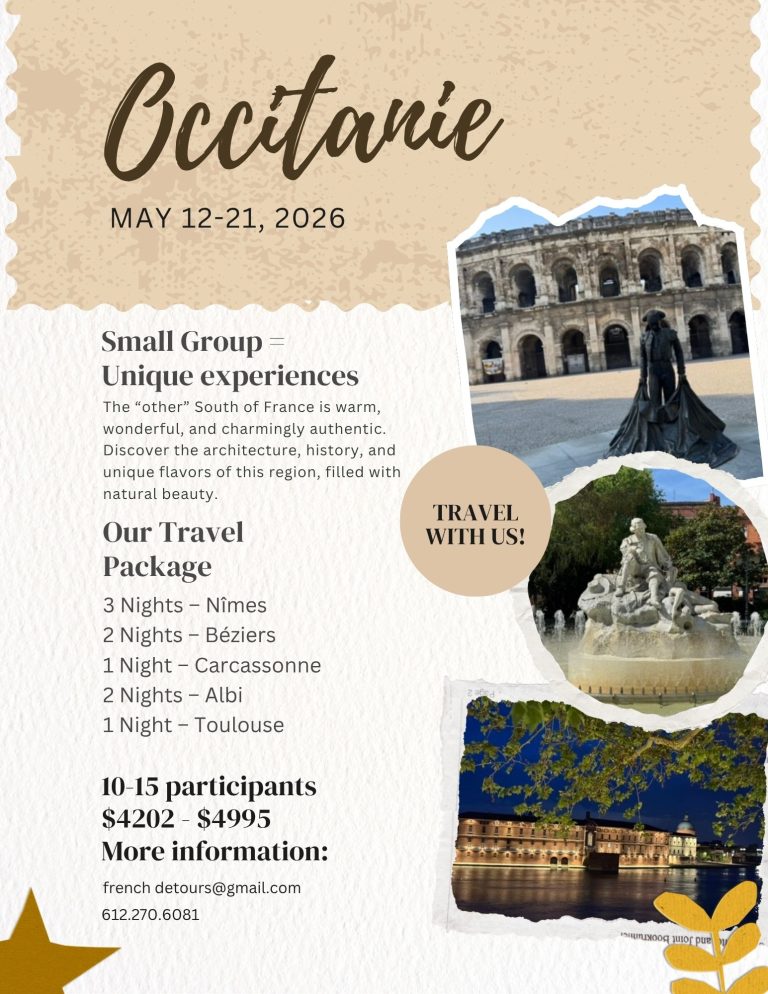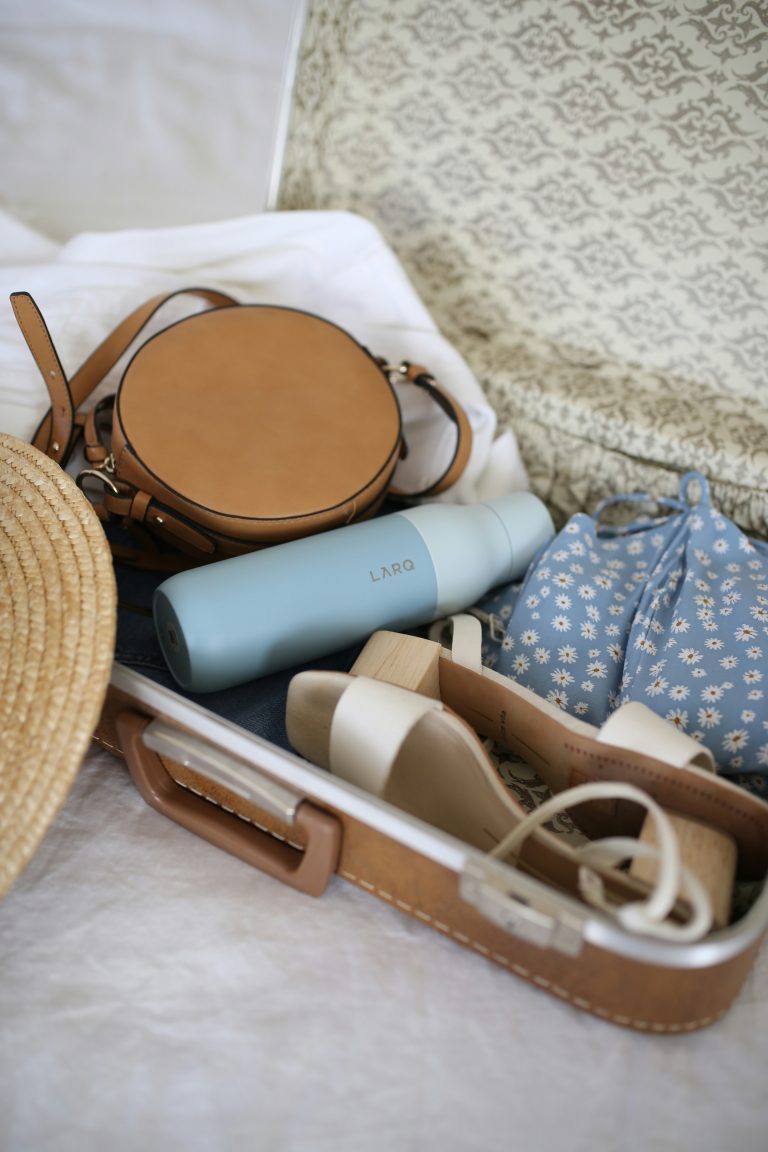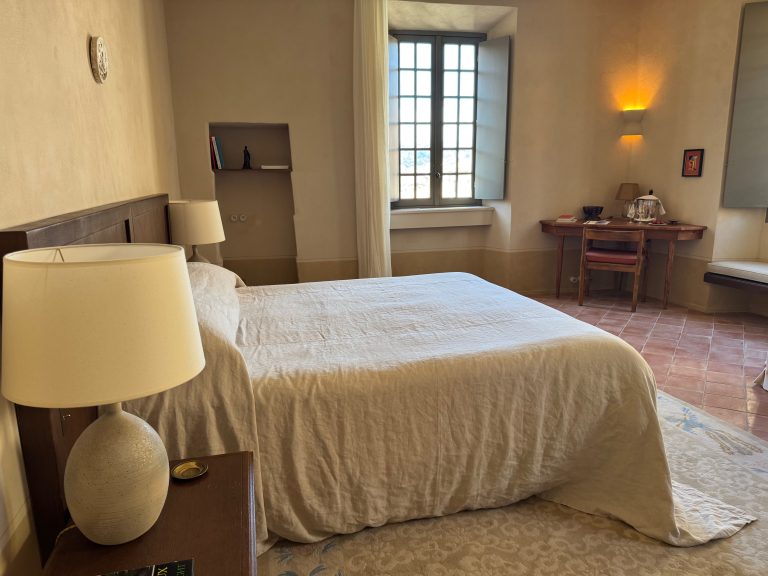
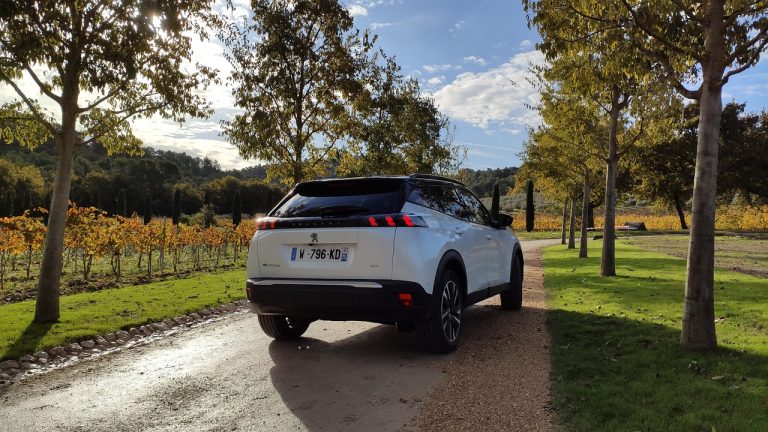


Driving in France can seem daunting, and as public transportation is quite efficient in Europe, I highly recommend using the expansive train system. But what if you want to take a detour? Explore smaller villages? There’s something undeniably magical about driving in France. And they do drive on the right side of the road as we do in the US, so that is already a win! Winding country roads through sunflower fields, spontaneous stops at hilltop villages, and the freedom to veer off the beaten path at your own pace.
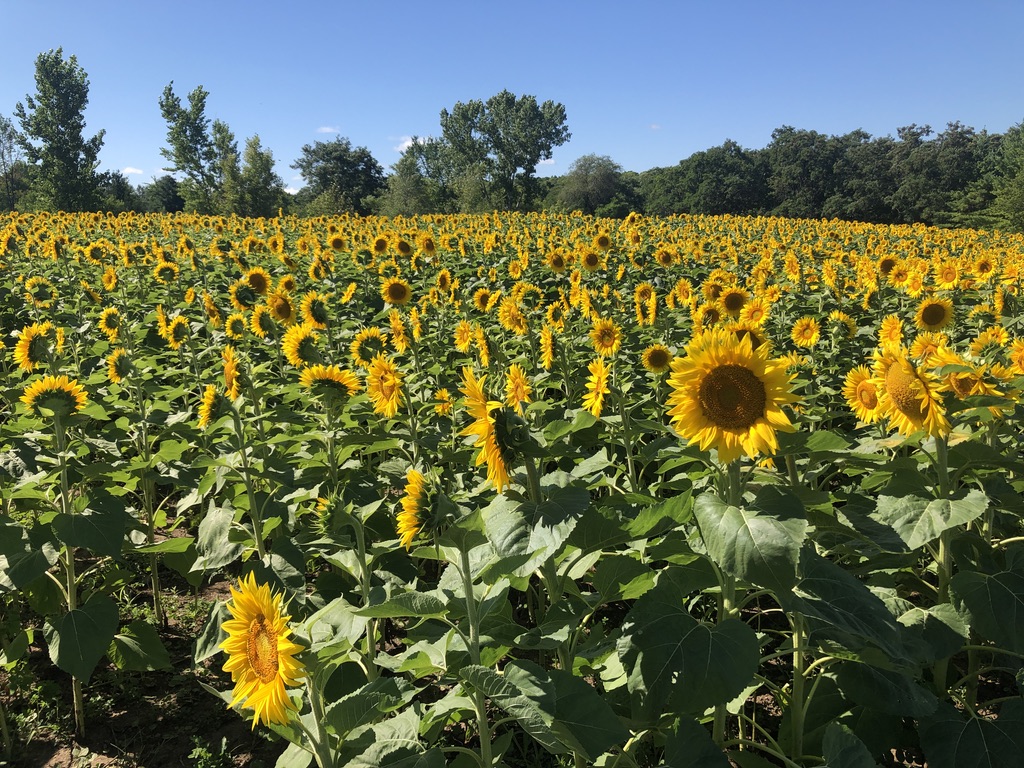
But the mere thought of driving can strike fear in the best of us! Some destinations, like Les Baux-de-Provence, are perched high above the valley floor and only accessible on foot once you arrive. That might not be obvious until you’re weaving through narrow lanes, scanning for an elusive parking spot, and realizing the last stretch has to be done on foot.
In Provence, a little advance research can make the difference between a magical day and a missed turn. With a little preparation, renting a car in France (or driving your own), can be an absolute joy. (And, if there are a few hiccups, they make great stories to tell!). Here’s everything you need to know to hit the road with confidence.
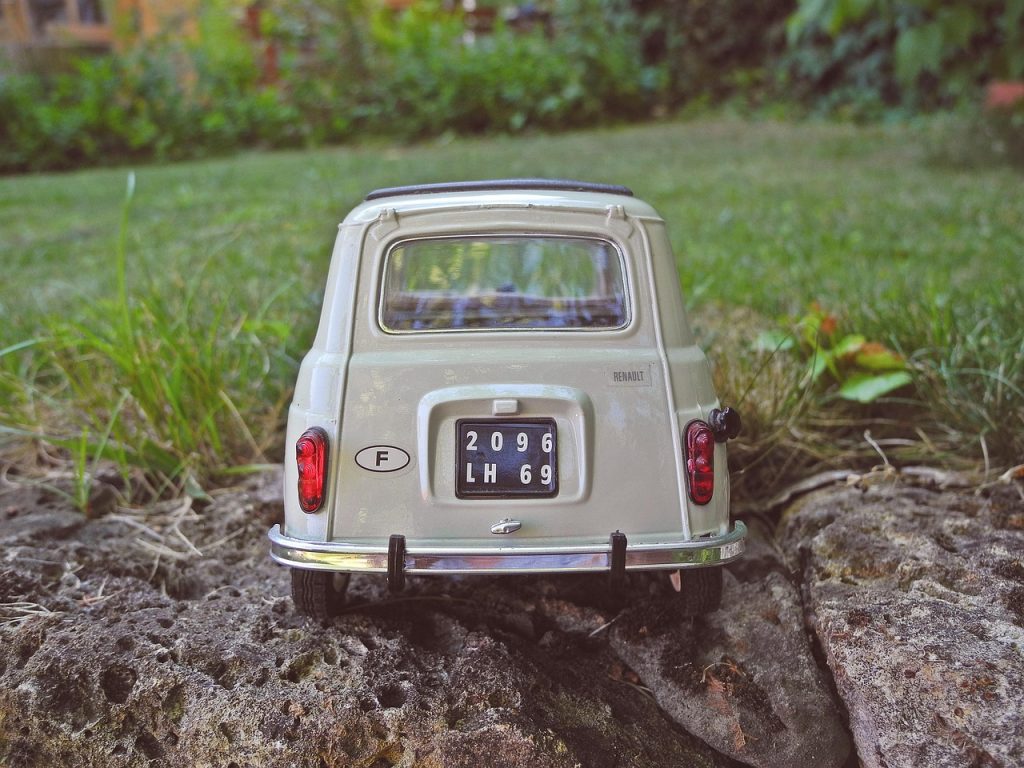
Renting a Car in France
Renting a car is one of the best ways to explore the French countryside, wine regions, and smaller towns where public transportation doesn’t always reach. A few key things to keep in mind:
- Age Requirements: Most rental companies require drivers to be at least 21, with an additional fee if you’re under 25.
- Driver’s License: Your U.S. license is valid for short-term rentals, but it’s recommended to also carry an International Driving Permit. (You will also need to have your passport handy).
- Manual vs. Automatic: Most rental cars in France are manual. If you need an automatic, be sure to reserve well in advance.
- Booking Tip: For the best rates and availability, book your rental car online before your trip, especially during peak travel times, which seem to be more and more months of the year!
- Size: most cars are smaller than in the US. Make sure you have ample room for passengers and bags, but remember that parking spaces are small as well so you won’t want a huge vehicle.
- Insurance: Of course they want to sell you insurance, so check before you leave to see if your home car insurance or travel insurance already has you covered.
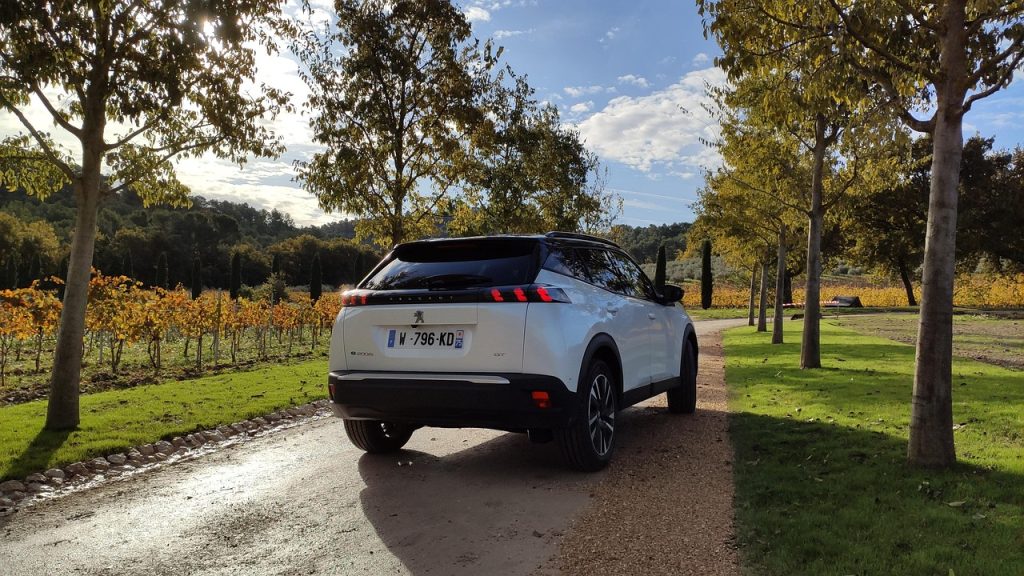
Long-Term Car Rentals: The “Buy-Back” Option
If you’re staying in France for more than three weeks, look into the “buy-back” or lease programs offered by Peugeot, Renault, and Citroën. Here’s how it works:
- You get a brand-new car with full insurance and roadside assistance.
- You “buy” the car at the start of your trip, then the company “buys it back” when you’re done. (Don’t worry, it is a pro-rated rate, depending on the time you will be renting!)
- It’s often more affordable than a traditional rental for longer stays.
Chip Williams, co-owner of La Maison Bleue, has used the Peugeot service so many times that he gets special rates and some little “extras” thrown in! He states that another bonus is you can usually drop the car in a different city for no extra cost!
A fantastic option for extended vacations, work assignments, or anyone spending significant time in France.
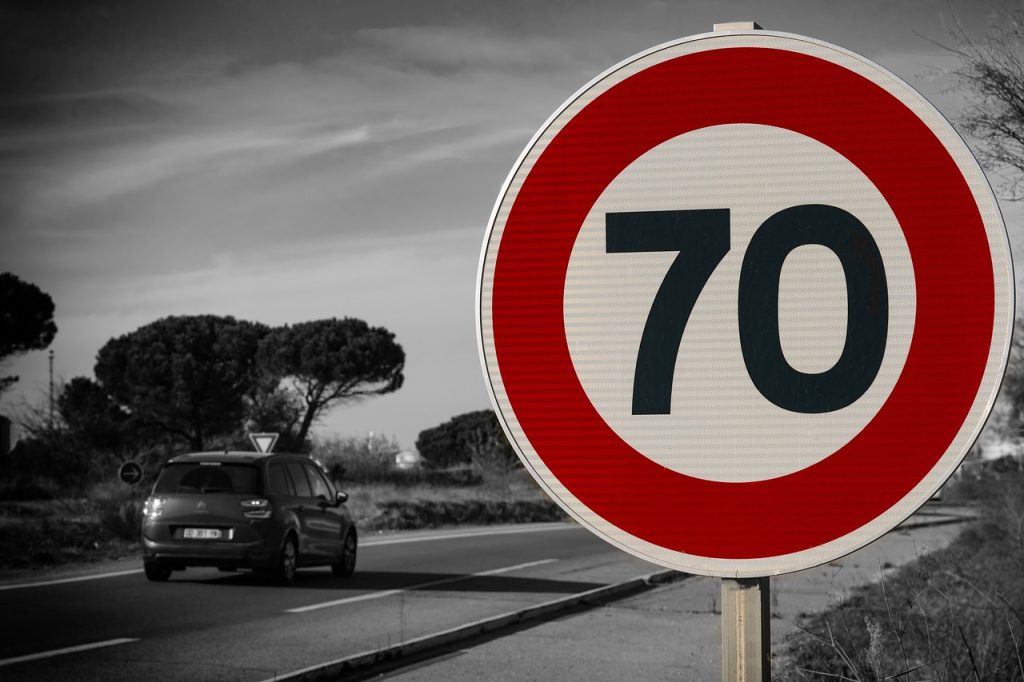
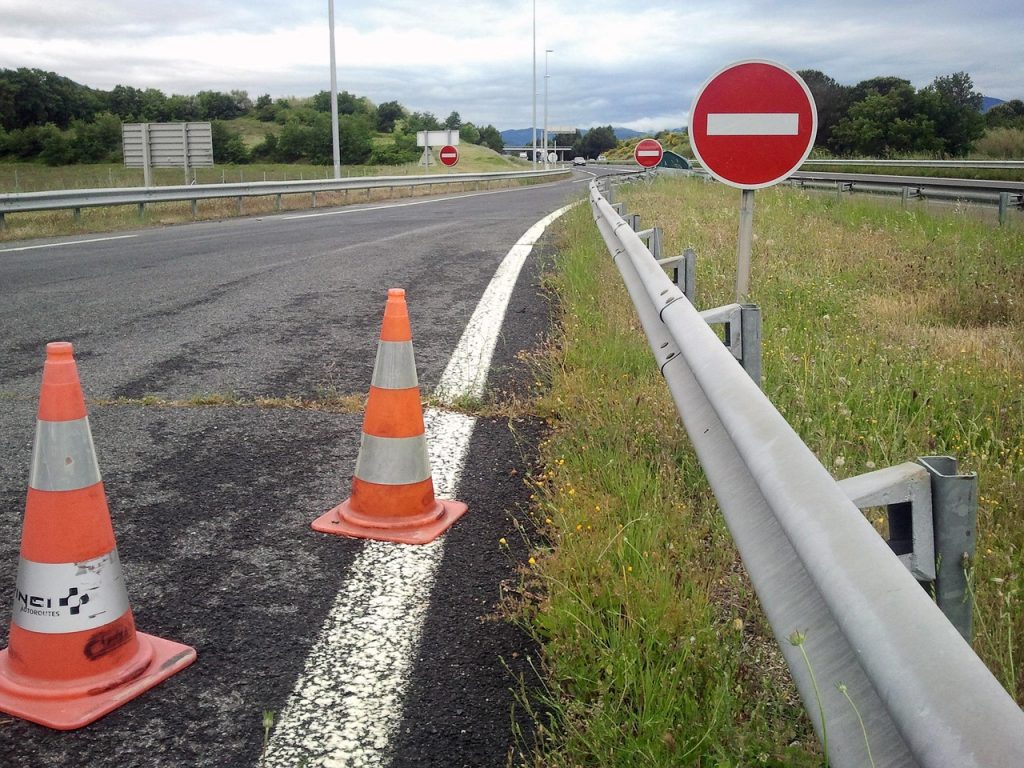
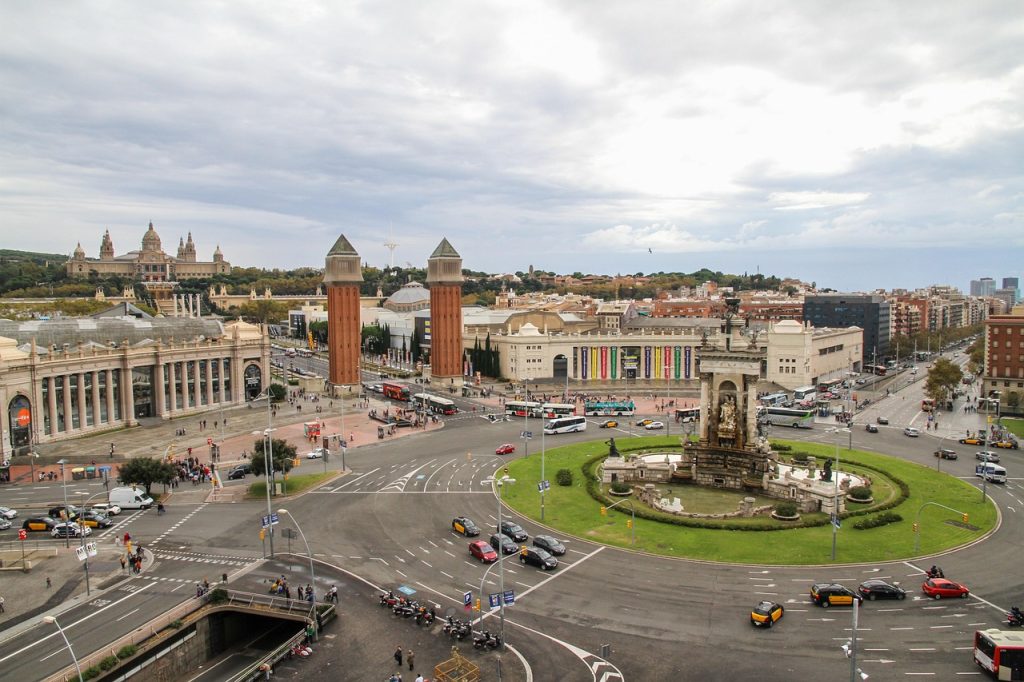
Basic Rules for Driving in France
Don’t worry—driving in France isn’t as intimidating as it sounds, but there are some key rules to know:
- Drive on the right-hand side of the road, as you would in the US.
- Seatbelts are mandatory for everyone.
- Using a mobile phone while driving is strictly prohibited.
- Speed Limits:
- Autoroutes: 130 km/h (approx. 80 mph)
- Main roads: 80-90 km/h
- Towns/Villages: 50 km/h
- Roundabouts: Priority goes to vehicles already in the circle.
- Speed cameras are common, and fines can follow you home!
- Priority from the Right: Vehicles entering from the right have priority.
- Slow drivers to the right on freeways – pass on the left – the French actually follow this!
Tolls and Highways
Most major highways (autoroutes) in France are toll roads (péages). Expect to encounter toll booths on long-distance routes (except in the region of Brittany where they are forbidden!):
- Pay with cash, debit or credit card
- There are “Télépéage” lanes for those who have the badge – be sure to stay clear of these lanes (unless you have the badge)
- You can estimate toll costs with apps like ViaMichelin.
- Toll roads are efficient but can add up, so factor them into your budget.
- Be prepared by keeping your toll ticket, cash or credit card easily accessible.
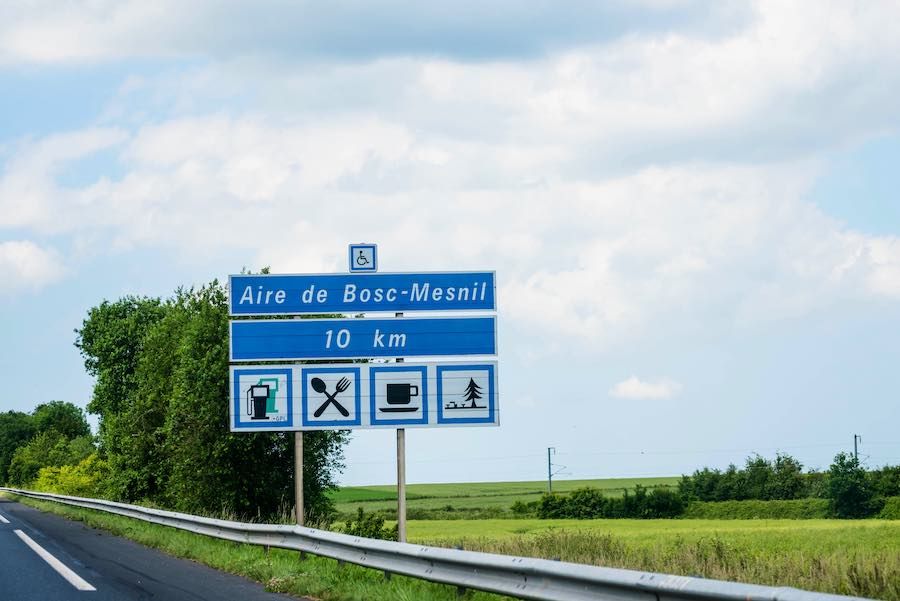
Rest Stops
“Aire de service” are located right off of the freeway. Signs with icons indicate if there are restrooms, food, drink and gas.
- There are usually coffee vending machines, and baguette sandwiches, unless there are only restrooms.
- Access on and off the freeway is very simple .
- Sometimes there are fast-food restaurants such as McDonalds or Paul Bakery.
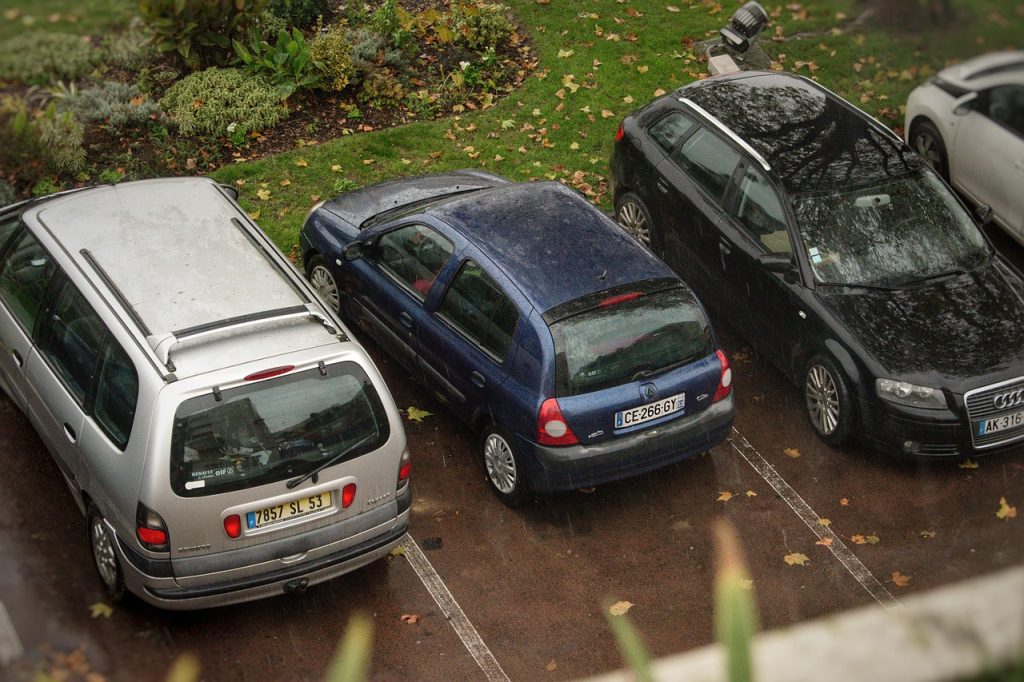
Parking in France
Parking in cities and villages can be tricky, but manageable with a few tips:
- Street Parking: Look for pay stations or designated parking zones. Parking is rarely free!
- Blue Zones: In some areas, you’ll need a parking disc (“disque bleu”) for limited-time parking.
- Parking Garages: Often the easiest option in cities; look for underground or covered garages.
- Village Parking: In popular tourist villages like Les Baux-de-Provence, you’ll park outside the historic center and walk in.
- Hotels: Check beforehand to see if the hotel offers parking, and if you need to reserve a spot in advance.
Other Tips for Foreign Drivers
A few more practical things to be aware of:
- Fuel: Most cars run on diesel (“gazole”) or unleaded—double-check before filling up!
- Gas Stations: It is easier to fill up along autoroutes than in cities and towns, so take advantage when you can.
- GPS: Google Maps works well, but download offline maps for rural areas.
- Each car MUST have the following emergency equipment:
- High‑visibility (hi‑vis) vest – one per occupant, CE-approved. Must be within reach of the driver and worn before exiting the vehicle in a breakdown or emergency
- Warning triangle – must also be easily accessible, and placed about 30 m behind the vehicle when immobile on the road
What to know if you have car trouble
Call for Assistance
- Rental Car Assistance: Your rental agreement usually includes roadside assistance. The number should be on your rental documents or in the glove compartment.
- Emergency Phones: On French motorways, you’ll find orange emergency phones about every 2 km. Use these — they connect directly to motorway assistance.
- If you use your mobile, dial:
- 112 for European emergency services.
- 17 for the police (if needed).
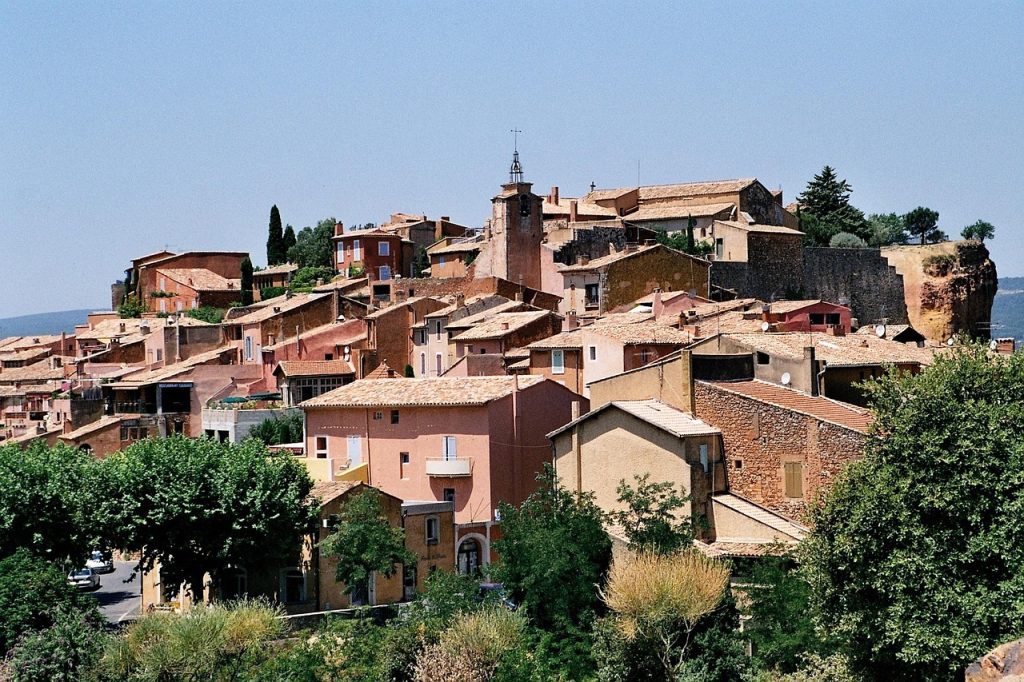
Is Driving in France Worth It?
Definitely! Having a car gives you access to charming villages, scenic vineyards, coastal drives, and those tucked-away gems that trains and buses don’t reach. Just be prepared for tolls, narrow village streets, and the occasional roundabout confusion.
Skip the car in Paris or big cities, but for exploring Provence, Normandy, or Burgundy, driving in France is an experience not to miss.
Final Thoughts
With a little planning, driving in France is a fantastic (and often necessary) part of discovering all the beauty this country has to offer. Bon voyage—and happy exploring!
France Travel Planning
with Traci Parent
Let us help create your dream trip to France!
Travel Smart. Stress Less. Enjoy More
- Hand-picked Stays & Routes
- Village Markets & Secret Spots
- Local Tips - Expert Help
FREE GUIDE
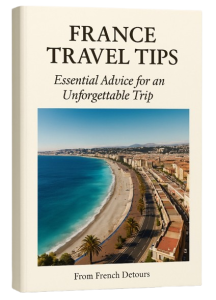
Grab your copy of this 4 page guide carefully curated to help you make the most of your time in France.
- Best times to visit
- Planning Strategies
- Arrival & packing tips
- Money & credit cards
- Food & Culture Insights
- Emergency & Medicial Info

